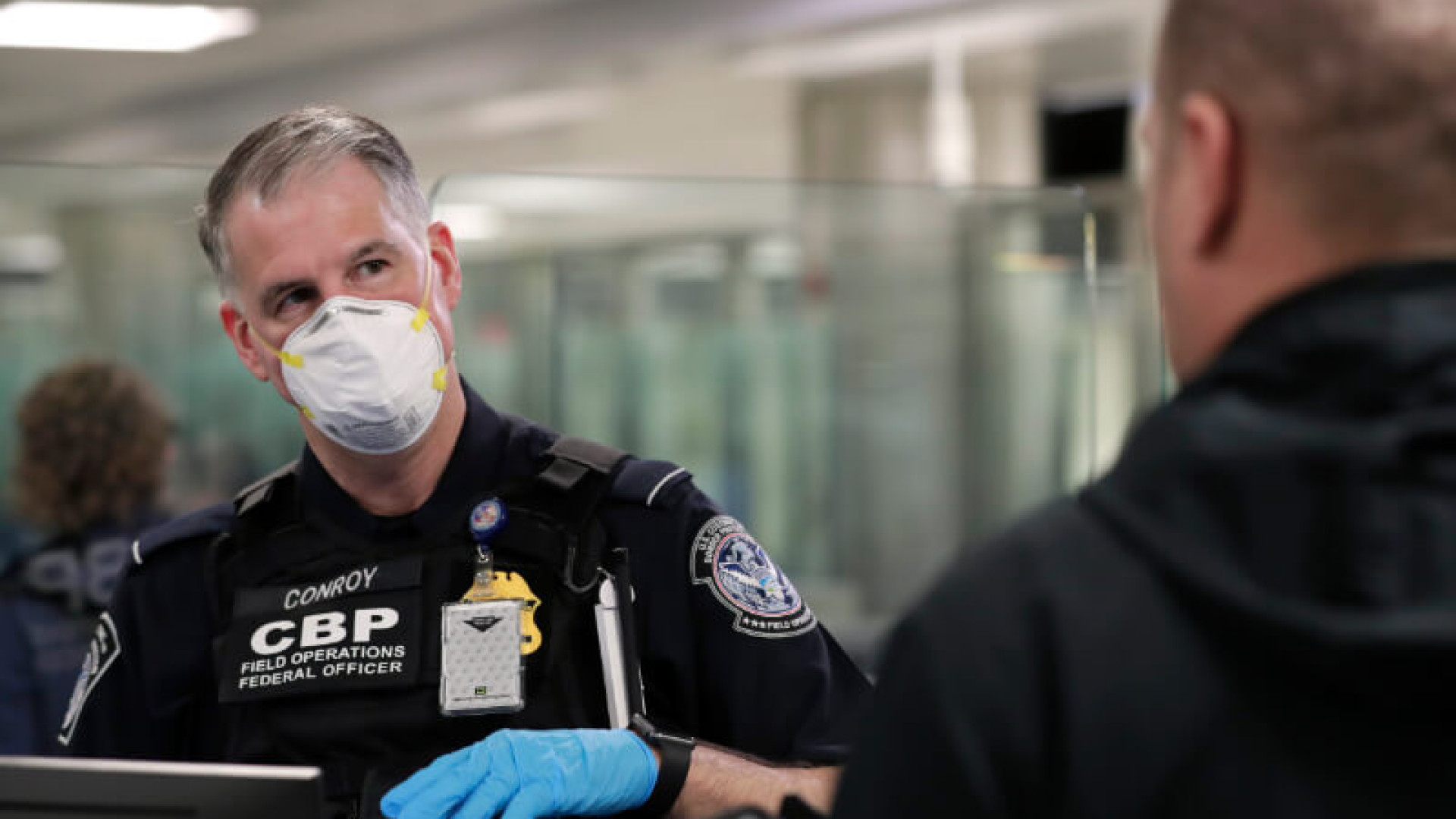Updated on 20.06.2022
Due to the corona crisis, we receive questions about the current U.S. travel restrictions as well as about the quarantine and COVID-19 regulations that apply upon entry and within the United States. We therefore provide general information regarding quarantine in the U.S. and also refer to the current COVID-19 / quarantine regulations of all U.S. states.
Share article:

With the fall of the Travel Ban, travel to the US can resume for many nations as of Nov. 8, 2021, albeit under strict sanitary guidelines.
The new regulation largely abolishes the previously established regulations for foreign travelers from certain countries and instead introduces a globally uniform regulation.
Anyone entering the United States since January 26, 2021, will receive a certificate of this (Passenger Attestation Statement) from the airlines, which must be signed.
Attention:While COVID-19 recovered individuals in some European countries (e.g., Germany) receive only a single dose of vaccine and are thus considered fully vaccinated, CDC regulations do not recognize this. According to CDC, two doses of a vaccination series consisting of two doses or one dose of a single-dose vaccination are mandatory. Consequently, affected individuals cannot travel unless they fall under another exemption.
Stricter entry controls and quarantine requirements have already been in place for U.S. travelers since the outbreak of the coronavirus pandemic.
Although the entry procedure varies by U.S. state or point of entry (Port of Entry) may vary, the general hygiene and distance rules apply (mask requirement, minimum distance to other persons, regular hand washing, etc.):

Attention: The quarantine regulations of the USA depend on the current Corona case numbers and are therefore subject to constant changes. In addition, the requirements vary greatly depending on which US state you enter the USA through.
The quarantine regulations and hygiene measures on site - i.e. after entry into the US has taken place - have differed since November 8, 2021, depending on the vaccination status of the persons traveling.
The CDC continues to recommend wearing mouth-to-nose protection indoors on public transportation and in US transportation hubs (including airplanes).
All information about the quarantine regulation in the USA can be found at here.
Behavior upon contact with a COVID-19 positive individual:
Vaccinated
Recover
Unvaccinated
Quarantine regulations and COVID-19 regulations on the ground in the USA vary greatly, which is why it is difficult for travelers to the USA to keep track of everything. While there are strict quarantine regulations in some US states (e.g. Alaska, Hawaii, etc.), hardly any regulations are noticeable in other regions of the USA. Companies and their employees must therefore find out on a daily basis before entering the country about the regulations in force in the US state through which the employees wish to enter the country.
So you may have to consider regulations from several US states when planning your itinerary in the US.
On the website of the U.S. Department of Health and Human Services (U.S. Department of Health and Human Services, HHS) you can contact us if necessary via the COVID-19 test stationsinform
For more up-to-date information on quarantine regulations, please visit the Centers for Disease Control and Prevention (CDC) website..
Please note that the final decision on each individual's eligibility to enter the United States will be made by officials of the U.S. Customs and Border Protection (CBP) is met at the border crossing.

Depending on the requirements of the country of destination, a new Corona test is also often required when leaving the USA.
The background to this is that strict entry regulations apply to people traveling (back) to Germany from a high-risk area such as the USA, for example.
In any case, inform yourself at the respective local authorities about the currently applicable regulations (example Germany:Federal Ministry of Health).
Date:
Wir und unsere Partner nutzen Cookies, um personenbezogene Daten wie z.B. Browsing-Daten zu speichern und abzurufen, um z.B. Inhalte und Werbung bereitzustellen und zu personalisieren sowie die Verwendung der Website zu analysieren und das Benutzererlebnis zu verbessern. Sie erfahren mehr über die Zwecke, für welche wir und unsere Partner Cookies einsetzen, wenn Sie unten auf den Button „Cookie Einstellungen“ klicken. Hier können sämtliche Einstellungen auch geändert werden. Nachträglich kann man jederzeit seine Cookie-Auswahl überdenken oder seine Einwilligung widerrufen, indem man auf den Link zu den Cookie-Einstellungen im Footer unserer Webseite klickt. Beachten Sie bitte, dass das Blockieren einiger Cookie-Typen unsere Möglichkeiten zur Bereitstellung von auf Ihre Interessen zugeschnittenen Inhalten haben kann oder einige Funktionen der Webseite nur eingeschränkt zur Verfügung stehen.
Durch klicken auf “Alle Cookies akzeptieren” stimmen Sie unserer Nutzung und der Weitergabe Ihrer Daten an unsere Partner zu.